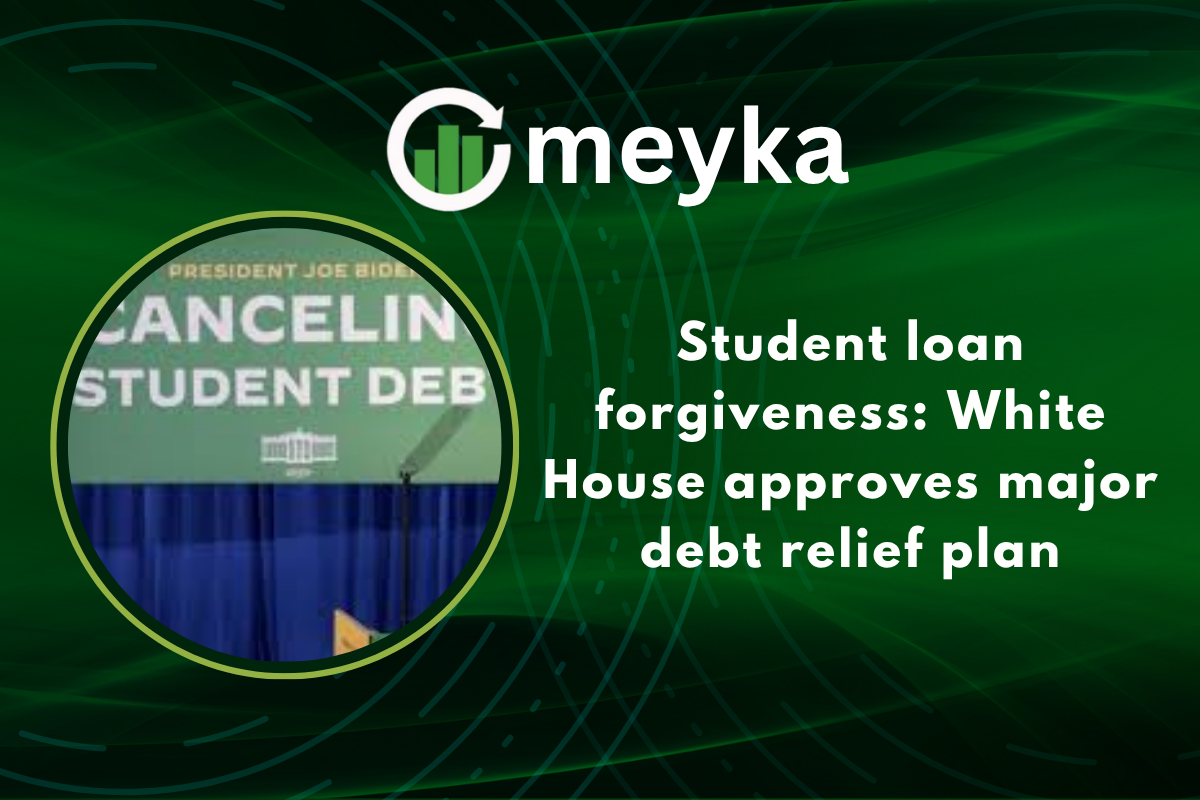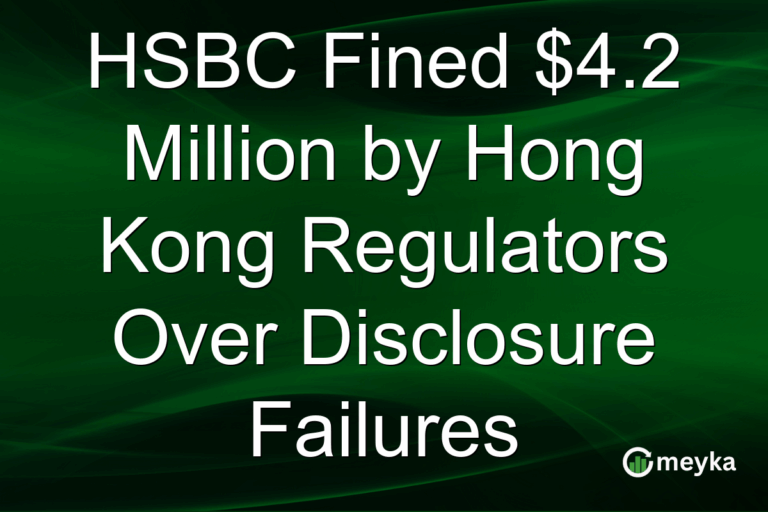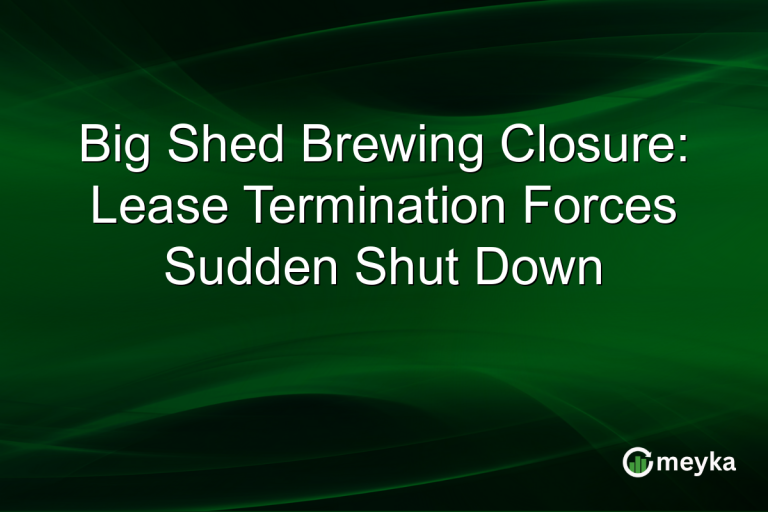Student loan forgiveness: White House approves major debt relief plan
The White House has approved a sweeping Student Loan Forgiveness plan that could clear billions in debt for millions of Americans. The move, confirmed by multiple outlets including Fox Business and LiveMint, follows a settlement aimed at speeding up relief for borrowers stuck in long delays, servicing errors, and legal fights.
The plan is designed to target those most harmed by missteps in the federal loan system, while creating a clearer path for broader debt cancellation where rules allow.
What does this mean for borrowers who have waited years for relief? Let us explain.
White House Confirms Major Student Loan Forgiveness Program
The administration has approved a plan to accelerate loan cancellations for many qualified borrowers, and it will push servicers and agencies to act faster.
Officials say the plan is intended to fix backlog issues, close gaps caused by earlier court rulings, and get money off borrowers’ ledgers quickly. The White House frames the effort as both a fairness move and an economic boost for younger households.
Why now? Legal settlements and pressure from advocacy groups, plus the urgency felt by affected borrowers, pushed the administration to act. Coverage from Fox Business and other outlets reports this is one of the largest debt relief actions in recent years.
Who qualifies for Student Loan Forgiveness?
Many, but not everyone. Eligibility will focus on groups harmed by documented errors, and on certain program criteria.
Qualified groups likely include borrowers in income-driven repayment plans, people in public service loan forgiveness tracks who were miscounted, and those with long-standing complaints about servicer mishandling.
Some provisions prioritize loans issued under older program rules and borrowers with clear proof of processing errors. The Department of Education will notify eligible borrowers directly.
How do I check? Log in to your Federal Student Aid account to see updates and messages from the Education Department.
Details of the Student Loan Forgiveness Settlement
The settlement forces servicers to clear backlogs, finish pending relief cases, and speed processing, with set timelines for action.
Under the plan, loan servicers are expected to finalize pending forgiveness and correction requests within a defined window, often reported as 90 days for many cases. Officials estimate the relief could amount to tens of billions of dollars overall, targeted at borrowers with the clearest claims.
The White House called it a step toward fairness in higher education finance. Advocacy groups hailed the move, while critics warned about cost and precedent.
Is this legally safe? Leaders say the settlement is structured to withstand legal challenges by using established borrower relief authorities and enforcement mechanisms tied to servicing contracts.
Reaction from borrowers and the public
Borrowers expressed relief and joy online, calling the plan a long overdue correction. Student groups and some lawmakers called the decision historic and necessary to reset the system. Critics, including some fiscal conservatives, argued the move shifts costs to taxpayers and could spark debate about future education spending.
Polls and social media show broad public interest, with many viewing relief as a boost to younger Americans’ economic mobility.
How do people feel? Many say they feel hopeful, others cautious until they see actual account changes.
Economic and political implications of the forgiveness plan
Forgiving student debt can free income for spending and saving, but it also raises policy and budget questions for Washington.
Economists predict affected borrowers will have more disposable income, which can support consumer spending, home buying, and small business formation. This may boost short-term economic demand.
Fiscal analysts note the cost will be reflected in budget estimates, and the political debate will intensify as parties weigh fairness, fiscal discipline, and electoral effects. The decision will likely be a campaign issue, influencing how parties frame higher education and fiscal policy.
Will it spike inflation? Most experts say any inflation impact will be small relative to other forces, but political discussion will focus on trade offs.
A timeline of major steps leading to this plan
The road to this settlement included years of policy shifts, court rulings, and administrative fixes. Early attempts at broad forgiveness were blocked in court, pushing policymakers to craft remedies that fit legal pathways.
The current plan emphasizes targeted settlements, corrections for documented errors, and stronger enforcement of servicer obligations. Observers note that this approach tries to balance speed with legal durability.
How borrowers can check status and what to do next
Quick steps to check your status:
- Visit studentaid.gov and sign in to your account.
- Look for messages in the “My Aid” or “Notifications” sections.
- Confirm your loan type and whether it is listed in the new eligibility rules.
- Contact your loan servicer if something looks wrong.
Most eligible borrowers should not need to apply again. Still, if you have unresolved disputes or incomplete paperwork, follow up promptly with your servicer and keep records of communications.
What happens next?
Implementation will roll out in phases over coming months. The Department of Education plans a dashboard to show progress and will publish guidance about timelines and the appeals process.
Loan servicers must clear backlogs and update accounts. For many borrowers, the process will feel slow at first, but officials say the settlement aims to make relief permanent and verifiable.
Is this the end of the student debt story? Not fully. This settlement is a major step, but broader reforms and continuing oversight will shape future policy.
Conclusion
The White House approval of Student Loan Forgiveness marks a major moment in U.S. education and economic policy. Millions may see balances reduced or erased, easing financial strain and potentially boosting the economy as borrowers regain spending power.
The plan seeks to be legally sound and administratively swift, while critics raise questions about costs and precedent. For many Americans, the arrival of meaningful debt relief is a long awaited turn toward fairness in higher education finance.
As implementation begins, student loan forgiveness stands as a significant policy shift aimed at helping borrowers move forward with greater financial freedom.
FAQ’S
Borrowers with federal student loans under income-driven repayment, public service loan programs, or those affected by long-standing loan disputes may qualify under the new White House plan.
The plan is expected to cancel over $40 billion in student debt for millions of Americans, according to recent reports from Fox Business and LiveMint.
Most eligible borrowers will not need to reapply. The Department of Education will automatically review eligible accounts and contact borrowers directly.
The implementation will begin in phases over the next few months, with loan servicers required to process pending relief within 90 days of approval.
Borrowers can log into their Federal Student Aid (studentaid.gov) accounts, open the “My Aid” section, and review notifications or updates on their loan eligibility.
Disclaimer
This is for information only, not financial advice. Always do your research.






